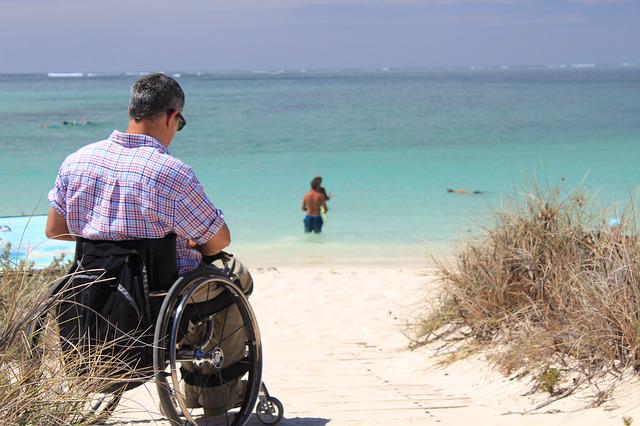Since the world is almost entirely built for people with full physical mobility, it can be a daily challenge for people with mobility issues to try and navigate their surroundings. So many kinds of physical and neurological disabilities can impact a person’s ability to walk and move around with independence and confidence. These can include conditions such as multiple sclerosis, arthritis, cerebral palsy, and so many others. Even within a condition, each individual will experience their range of mobility uniquely and will approach their daily tasks in a way that suits their preferences and needs. Here are four practical methods that people with disabilities often use to make movement easier and more independent.
Walking Aids
Some people with mobility issues prefer to walk as often as possible rather than using other types of a mobility aid such as a wheelchair. This can be for a whole variety of reasons, such as building leg muscle, strengthening cardiovascular health, and maintaining flexibility. Walking aids, depending on the individual’s condition and abilities, can include:
- Walking sticks and canes;
- Crutches;
- External leg supports and braces;
- Walking frames;
- Prosthetic limbs.
The type of walking aid a person chooses to use will greatly depend on what their specific disability is and how they prefer to move around. It is also not uncommon for people with mobility issues to use multiple kinds of walking or mobility aid depending on their energy levels and activities.
Wheelchairs
Not everyone who has difficulty with mobility uses a wheelchair. However, it is a highly useful tool. They can come in many shapes and sizes with a variety of features depending on the user’s needs.
Some people require a wheelchair that can be electronically driven using bespoke controls to suit their disability. Manual wheelchairs can be great for people with functioning arms and upper bodies.
Accessible Vehicles
Some people find that being able to drive is truly a form of freedom. With an adapted car, people with all kinds of disabilities can still maintain their independence as a motorist. People who regularly use a wheelchair might find more freedom and independence when they decide to get a car adapted for their chair. These adapted vehicles are designed with disabilities in mind so that users can perform daily tasks with greater confidence. For example, quality wheelchair accessible cars can make it much easier for you to quickly and efficiently get where you need to be.
Scooters
Disabilities come in endless forms, and no two people have the same needs. For example, some people can occasionally walk and then require the help of a mobility aid if their condition requires it.
Scooters are a comfortable and practical way of getting around, similar to wheelchairs. They come in a range of different styles depending on the user’s preferences.
Despite the difficulties that often face people with mobility issues, there are more and more options available to make movement a lot easier for everyone.
Read more articles on pantheonuk.org







